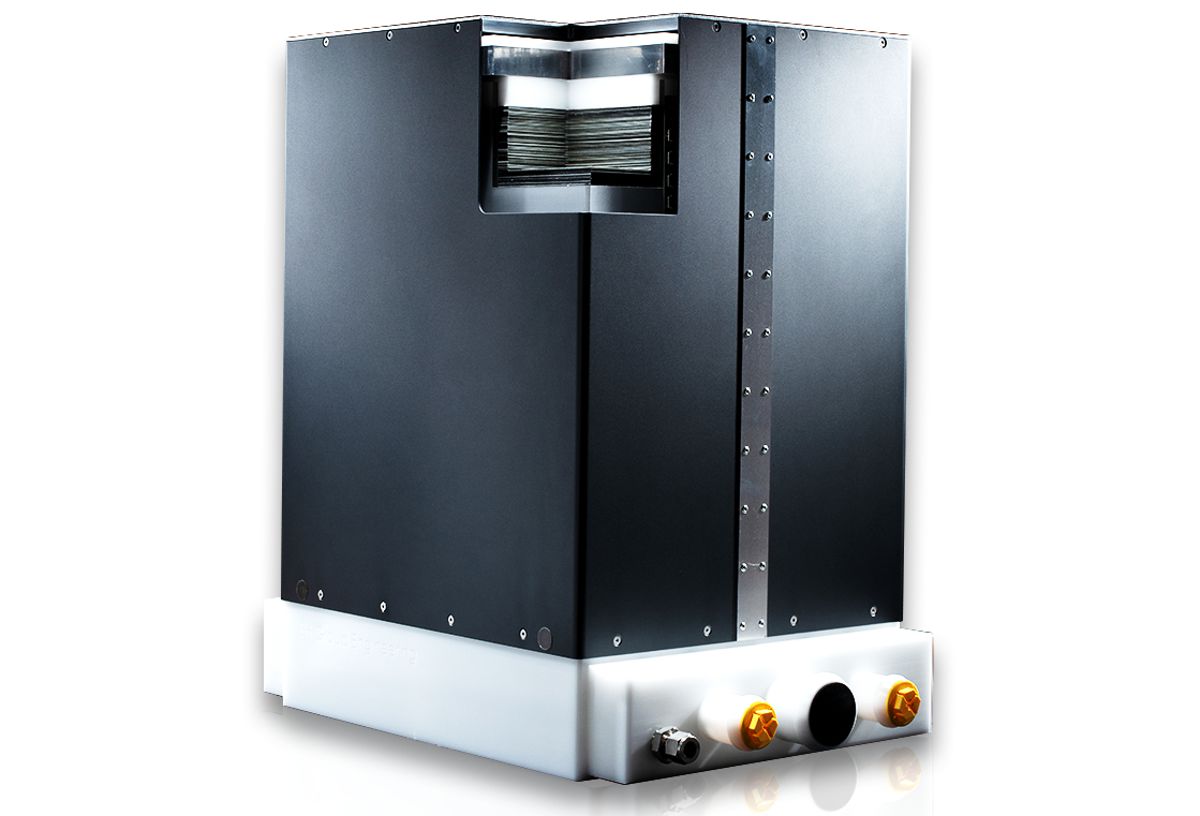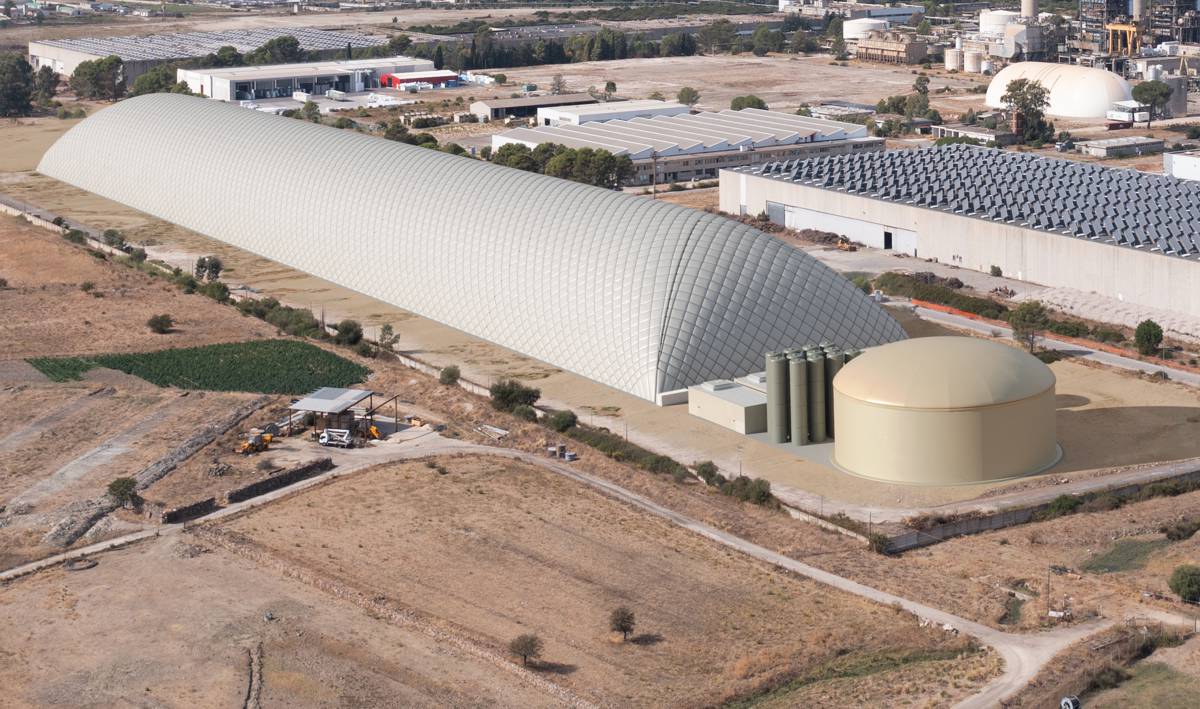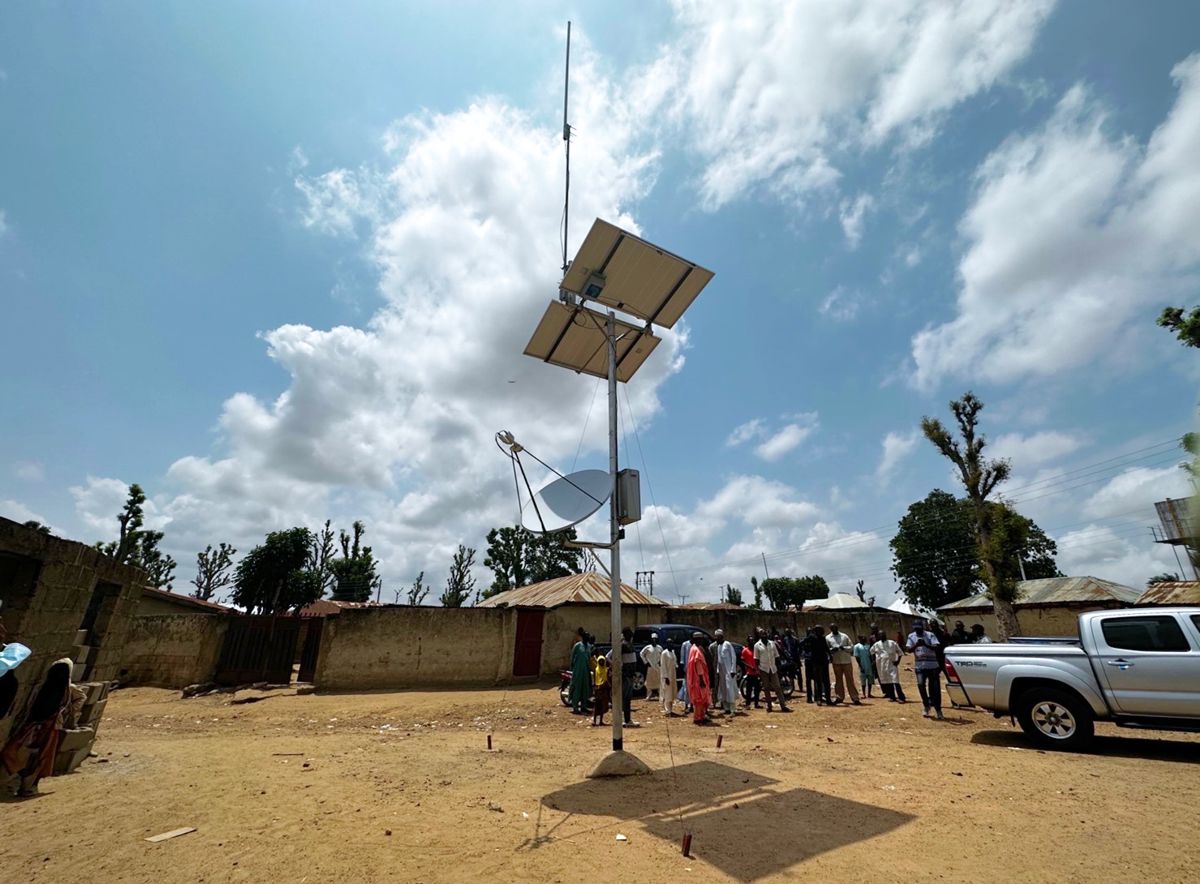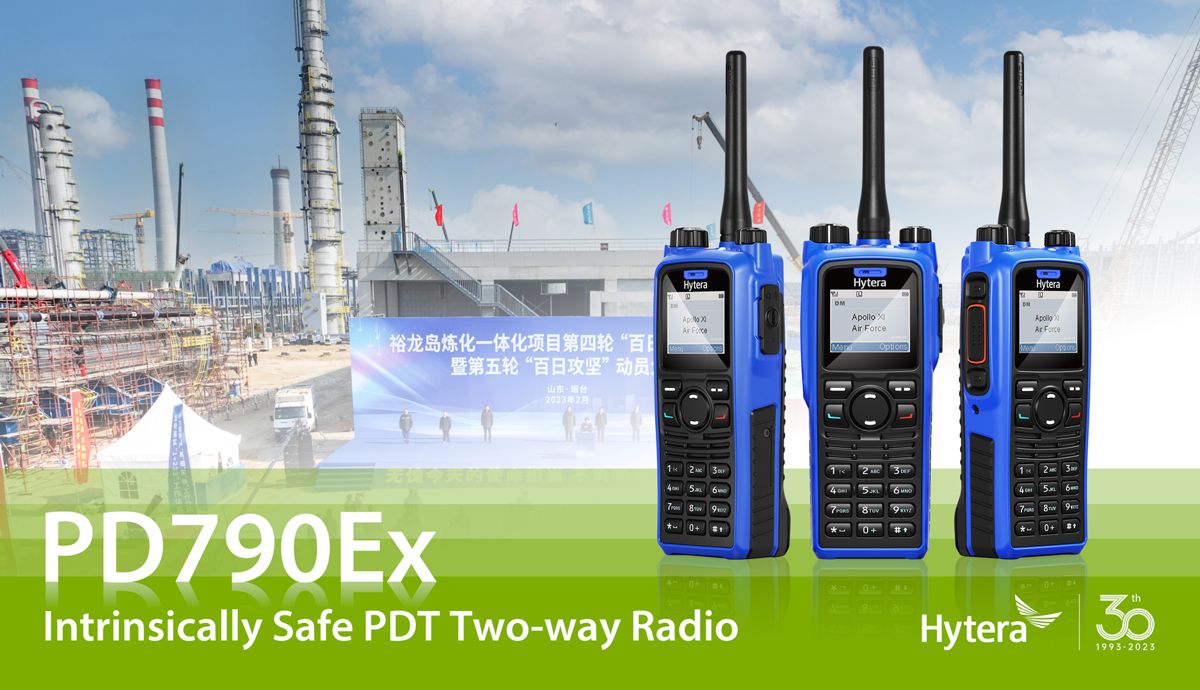Back to the Future for transport
In the film “Back to the future II” from 1989, the main characters Marty McFly and his friend Doc are seen taking advantage of futuristic transport, driving around in a car up in the sky.
It all takes place in the year 2015, and they are probably some thirty years later, not too far from the truth. Different kinds of transportation systems based on electricity and travelling together, not only on regular roads, are on their way in. All in order to save time and money, and perhaps most importantly, our earth. Even though our protagonists in “Back to the future II” are not using public transportation, their way of moving forward characterizes a symbol for everything that, then, was the future.
So what will public transportation actually look like in the real future? Here are some examples that we already see, or soon will see, in our cities. These following were listed in Building Design+Construction last year.

Hyperloop
You have probably heard about the Tesla creator Elon Musk’s new creation Hyperloops. The technology can move people at aircraft speeds, but to a low cost. The Hyperloops are driven by an electric motor and glide through a low-pressure tube. It is said that the loops can start moving passengers in 2021.

Gondolas over the city
A way of moving that actually is a little similar to Marty’s and Doc’s sky car ride, are gondolas floating over the traffic, something that is reality in Mexico City. This solution came up since the residents of the Mexican capital literally were choking from traffic pollution and the government had to force millions of cars off the roads. In Gothenburg, Sweden, the city is also well on its way to create a gondola route over parts of the city, and it will probably be in motion around 2021.
Personal Rapid Transit (PRT)
These vehicles are also called podcars and can hold smaller groups of people in cars that are run by electric motors on light weight tracks. They are driverless and have in fact been around since 1975 in Morgantown, West Virginia. Riders select their destination prior to riding and each car only goes to their final destination without any stops on the way.

Self Driving Mini Bus
Minibuses like the Olli were presented in June 2016 and is powered by IBM’s Watson technology. The mini bus can be controlled by an app, and wherever you might be in the city can become a bus stop for you. It is ideal for when you perhaps need an additional ride home from the metro stop.
There has been limited trials of these minibuses in London, Copenhagen, Las Vegas and Miami.















